
UDK: 612.062
A. B. Mulik1, S. F. Popov2, N. O. Nazarov1, I. V. Ulesikova1, I. G. Mulik3, Ju. A. Shatyr1
1Волгоградский государственный университет, научно-образовательный центр физиологии гомеостаза, 2Волгоградский государственный медицинский университет, кафедра инфекционных болезней с эпидемиологией и тропической медициной, 3Волгоградский государственный
An indispensable condition for the individualization of a person’s health-saving support is the provision of constant monitoring of the functional state of the body through the application of standard methods of instrumental rapid testing. As a result of a complex of experimental studies involving 126 people, using indicators of electroencephalography, cardiointervalography and general nonspecific reactivity of the organism, a number of interrelationships of functional, psychophysiological and psychological characteristics that determine a person’s inclination to develop psychoemotional tension are revealed. The possibility of using the level of general nonspecific reactivity as a criterion for assessing the individual risk of forming a psychoemotional disadaptation in a person is substantiated. At the same time, as a marker phenotypic sign determining the risk of development of psychoemotional disadaptation, a high level of general nonspecific reactivity of the organism was isolated.
homeostasis, psychophysiological status, level of general nonspecific reactivity of an organism, electroencephalography, cardiointervalography, psychoemotional stress.
Мулик Александр Борисович – д. б. н., профессор, главный научный сотрудник, Волгоградский государственный университет, e-mail: mulikab@mail.ru